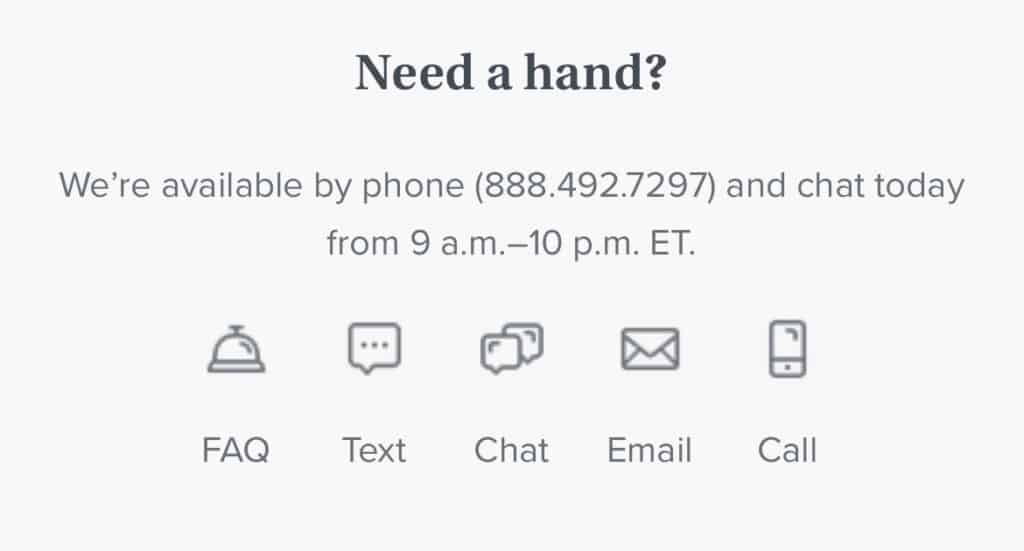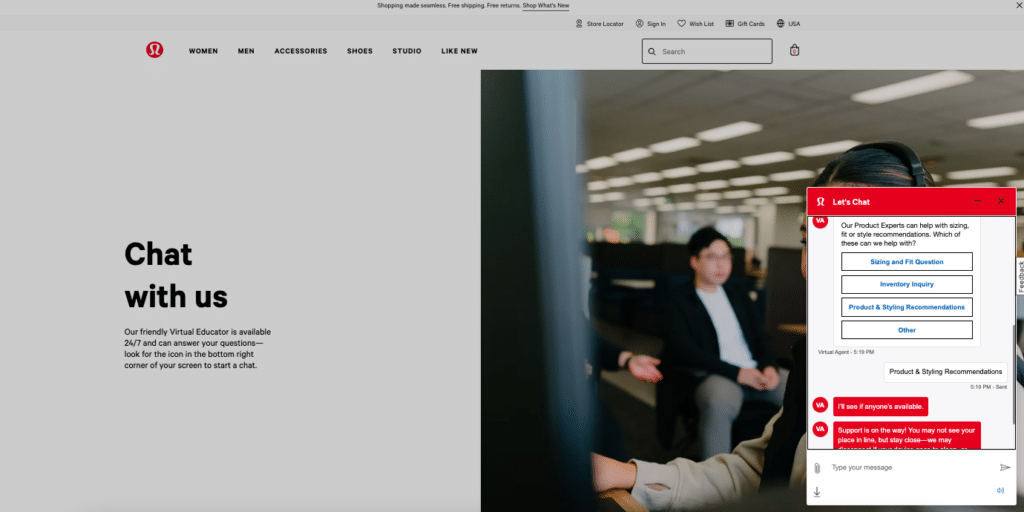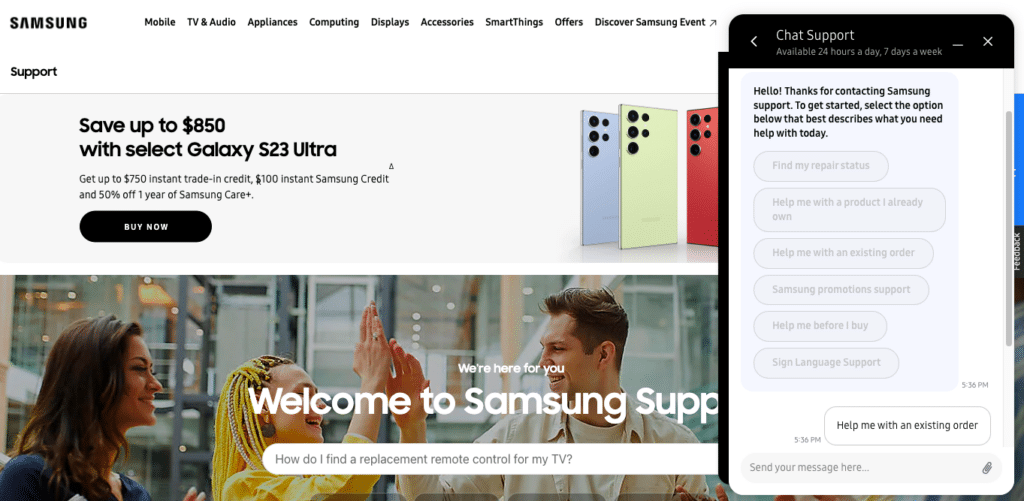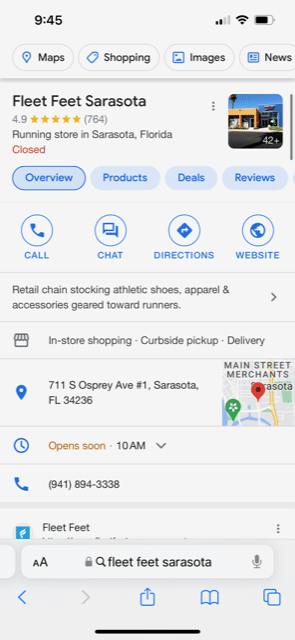Omnichannel Guide: A Holistic Look at the Most Popular Messaging Channels

In the past, a person would pick up the phone when they needed to get in touch with a family member or friend. But these days, they’re more likely to turn to messaging services and apps like texting, WhatsApp or Facebook Messenger to stay in touch. In fact, in 2021, the number of people using messaging apps surpassed three billion – making this the most popular category of mobile apps.
In 2021, the number of people using messaging apps surpassed three billion.
Source: BusinessofApps
Sure, messaging channels are a popular way to connect with family and friends. But increasingly, consumers also use these channels to interact with brands throughout the purchase journey – whether it’s to get personalized recommendations or post-purchase support. Some even predict the death of the 800 number is imminent, as consumers increasingly prefer messaging.
Brands must be equipped to provide great experiences via messaging channels that seamlessly integrate with other channels. In this guide, we’ll take a closer look at some of the most popular messaging categories and channels today – and how you can start more effectively managing them.
SMS/Texting

Texting isn’t exactly new. The first text message ever was sent in 1992. But, texting continues to be a popular communication channel for consumers. Today, 292 billion consumers in North America use text messages – which equates to 80% of the total population.
Text messaging is also a channel consumers use (or want to use) to connect with brands. Today, seven in 10 consumers have opted in to receive texts from businesses. And 61% indicate they’d like the ability to text the business back.
Texting can be a great way for brands to connect with their customers – wherever they are on the purchase journey. For example, a consumer can reach out to this eyewear brand via SMS for any need – from recommendations to order tracking to service. The brand can leverage automation to address routine inquiries – such as tracking and store location information. And live customer service agents can assist with more complex inquiries.
Social Media Channels
In 2012, consumers spent an average of 90 minutes on social media each day. Today, that number has grown to 147 minutes.
Again, consumers use these channels to keep up with family and friends. But they also turn to social media to discover and interact with brands and products. In fact, USA Today recently published a story about how TikTok is replacing Google as Gen Z’s favorite “search engine.”
Brands must be equipped to interact with consumers via social media channels, including (but not limited to):
- Snapchat
- TikTok
When determining which social media channels to support, it’s important to consider your audience and their habits and preferences. For example, Gen Z consumers gravitate toward Snapchat and TikTok. However, Facebook is often preferred by older consumers. In fact, it continues to be the social media platform with the greatest number of monthly active users.
Live Chat

Live chat is becoming the go-to way for consumers to communicate with brands. According to Salesforce research, 42% of consumers prefer online chat – up from 38% in 2020. And per an Invesp infographic, nearly three-quarters of customers indicate chat is “the most satisfying way of communicating with a business.”
This isn’t terribly surprising. Modern consumers expect instant answers – whenever and wherever the need arises. Brands with strong live chat strategies can deliver on these expectations – and boost growth.
Live chat is an effective way to engage with customers, wherever they might be in the purchase journey. Those who are browsing can use live chat to get answers to their purchase blocking questions – or personalized advice and recommendations. When consumer queries are answered quickly, it positively impacts their likelihood of making a purchase. Research tells us that those who engage in live chat spend 60% more per purchase, when compared to those who don’t. What’s more, 63% of consumers are more likely to return to a website that features live chat capabilities.
Some brands – especially those offering products that are visual in nature – successfully incorporate video messaging to build connections and drive sales.
If a consumer isn’t yet ready to make a purchase, live chat can be a great way to collect first party data, which can fuel personalized offers and communications in the future. Nearly half (42%) of consumers indicate live chat is their preferred method of giving contact information to a brand.
Brands can also leverage automation to provide assistance and answers to consumers around the clock. For example, consumers can check store inventory, schedule appointments, track shipments, and initiate returns 24/7.

Other Key Messaging Apps and Services
In addition to SMS, social media messaging, and live chat, there are dozens of other messaging channels consumers use to connect with people and brands. Adoption varies widely based on geography and other demographics. For example, WeChat is primarily used in China. With that said, here are five messaging apps and services that are particularly prevalent.
As of June 2022, WhatsApp was the most popular global mobile messenger app – with two billion monthly active users. Half of those who use WhatsApp do so at least once per day.
According to Hootsuite, WhatsApp is particularly popular among women aged 55-64 and men aged 45-54 and 55-64.
WhatsApp is particularly popular in markets outside of the United States. So if you’re a brand looking to expand your reach globally, this is one you need to pay attention to.
Google Business Messages

Oftentimes, the path to purchase starts on a search engine. And more often than not, that search engine is Google. According to Statista, Google accounts for nearly 85% of the global search market.
Google Business Messages allow brands to connect with consumers where they already are: on Google search and maps.
Consider a consumer researching athletic shoes. They search for a nearby running store, and a chat icon appears. The consumer clicks on the button and is able to access personalized recommendations for a pair of shoes that fit their needs. They pay for the shoes directly through the chat and are able to pick them up in person.
Per Statista, WeChat is the second most popular global mobile messenger app. In the first quarter of 2022, the app had 1.26 billion active users.
WeChat is a messaging app that’s sometimes referred to as China’s version of WhatsApp. People can also use the app to make payments, play games, and even book hotels and flights.
WeChat is particularly popular in China. One billion of its users live in China. So if you’re looking to expand or grow your market share in China, it makes sense to incorporate WeChat into your conversational commerce mix.
Viber
Viber is a messaging app that allows users to exchange text, video, or auto messages. Some Viber users can also use the platform to make payments.
Viber is particularly popular in Europe. Bulgaria, Greece, and Ukraine are the countries where Viber is the most prevalent. Of note, nearly 98% of the population of Ukraine uses Viber.
Discord
Discord is another popular messaging platform among consumers. With Discord, users can exchange voice and video calls, text-based messages, and media both in private chats and in communities – which are referred to as “servers.”
Discord is rapidly growing. This year, it’s estimated that Discord has around 563 million registered users, which is up 87% from 2020.
Discord is particularly popular among the online gaming community. The United States is its largest market, followed by the UK and Canada.
Manage All of Your Messaging Channels More Effectively with Messaging Studio by 1440
One thing is for certain: consumers love messaging channels. And increasingly, they want to use them to connect with brands throughout the purchase journey. Winning brands must embrace these channels and have a plan in place to deliver great messaging experiences that fit seamlessly with other communication channels.
But the harsh reality is, managing messaging channels isn’t exactly easy. There are nearly endless messaging channels out there. And each is managed through a different platform outside of the CRM. That means brands are spending time switching between several platforms – and the experiences they deliver via these channels are disjointed.
Modern consumers expect personalized, seamless experiences across all channels. That’s why messaging channels must be integrated into your omnichannel strategy.
The best way to incorporate messaging channels into your overall omnichannel strategy is to start managing them on Salesforce. That way, agents can manage these channels via Service Cloud, alongside other channels. Plus, they’ll have access to the customer information they need to deliver personalized experiences, wherever the consumer might be on the purchase journey.
Salesforce Digital Engagement provides brands with a way to engage with consumers via some key messaging channels, including SMS and web chat. However, Messaging Studio from 1440 allows you to expand your reach by incorporating even more messaging channels into the omnichannel journey.
With Messaging Studio from 1440, you can start managing popular messaging channels right within Salesforce. That means you can engage shoppers via AI and human interaction – all within the platform you know and love.
What’s more, Translation Studio from 1440 empowers you to engage via your shoppers’ preferred channels – in their preferred language. This is especially important for brands looking to enter or expand into new markets.
Salesforce provides a 360 degree view of each customer, which fuels personalized experiences throughout the customer journey. When you incorporate key messaging channels with 1440, you get yet another layer of data about each customer that can inform future interactions – regardless of your customers’ preferred channels.
Learn more about how 1440 can help you incorporate additional, key messaging channels into your omnichannel strategy. Visit our Messaging Studio page for information and to request a demo.